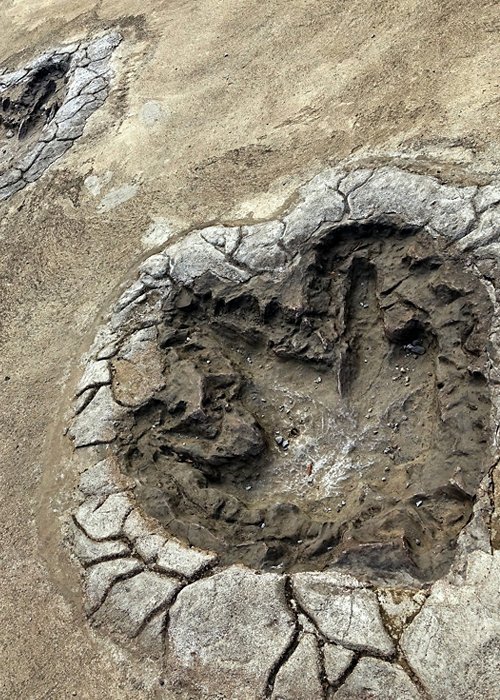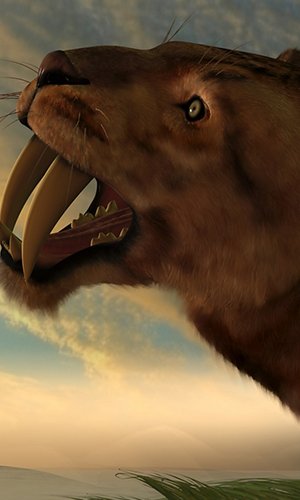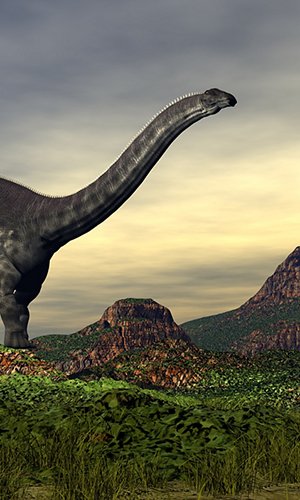Fossil discoveries have always fascinated us, but it’s when unexpected details emerge that the story of life on Earth becomes truly compelling. Such is the case with a recent and astonishing find in Canada’s Dinosaur Provincial Park, where 76-million-year-old dinosaur tracks are rewriting what we know about their interactions. Until now, bonebeds—large accumulations of skeletal remains—had suggested that herbivorous dinosaurs, such as ceratopsids (similar to triceratops), lived in herds. But footprints, unlike bones, offer direct, tangible evidence of movement and group behaviour. The new discoveries include the parallel tracks of at least five ceratopsids and one ankylosaurid—an armoured dinosaur. This is a remarkable find: it suggests that different species of herbivorous dinosaurs not only coexisted, but likely moved together in multi-species herds. A vision of prehistoric cooperation and coexistence never seen so clearly before. But the thrill doesn’t end there. Alongside these herbivore footprints, researchers also identified tracks from two tyrannosaurs and another small carnivorous dinosaur. These predator tracks run parallel to those of the potential prey, suggesting a clear scenario of stalking or pursuit. Found near what was likely a water source, the footprints capture a dramatic moment: predators trailing a mixed-species herd, in a silent echo of hunting and survival. While we can’t know for sure whether a direct encounter occurred at that very moment, this discovery offers an unprecedented glimpse into daily life in the Cretaceous. It’s like a snapshot of how these creatures moved, coexisted, and interacted with their environment. Fossil footprints continue to be a peerless window into the past, revealing that dinosaur life was far more complex and fascinating than we ever imagined.




